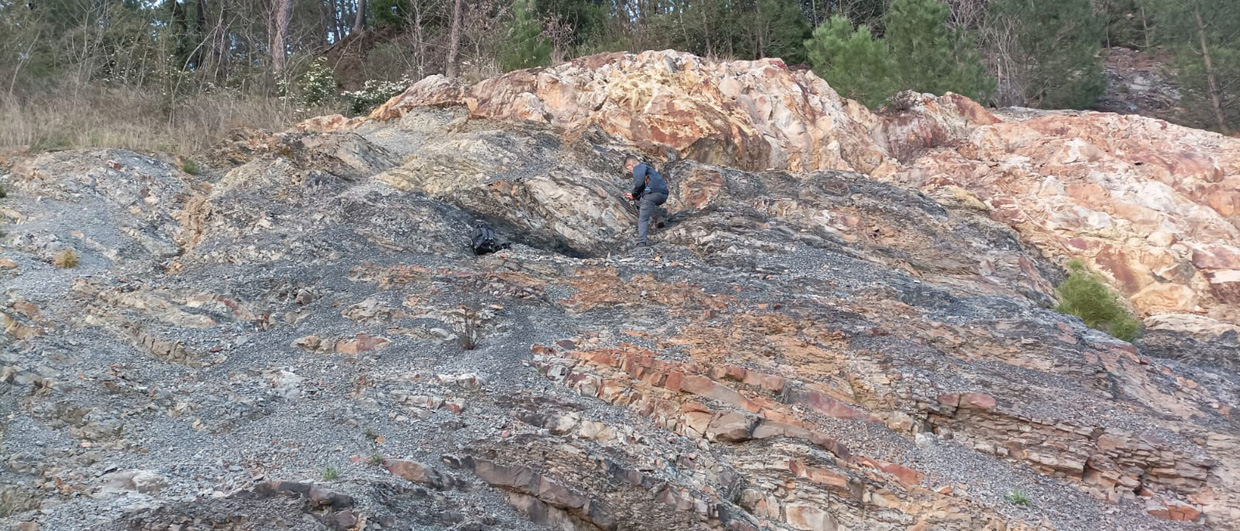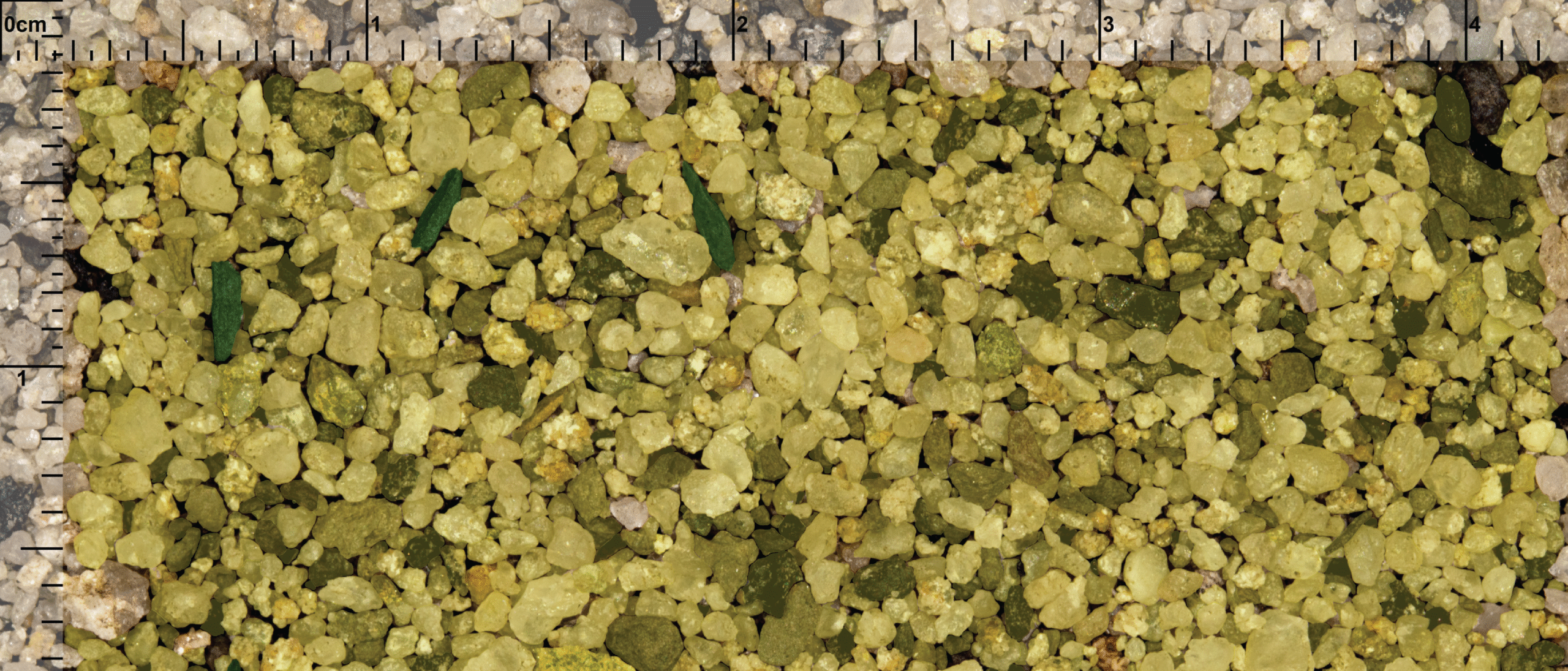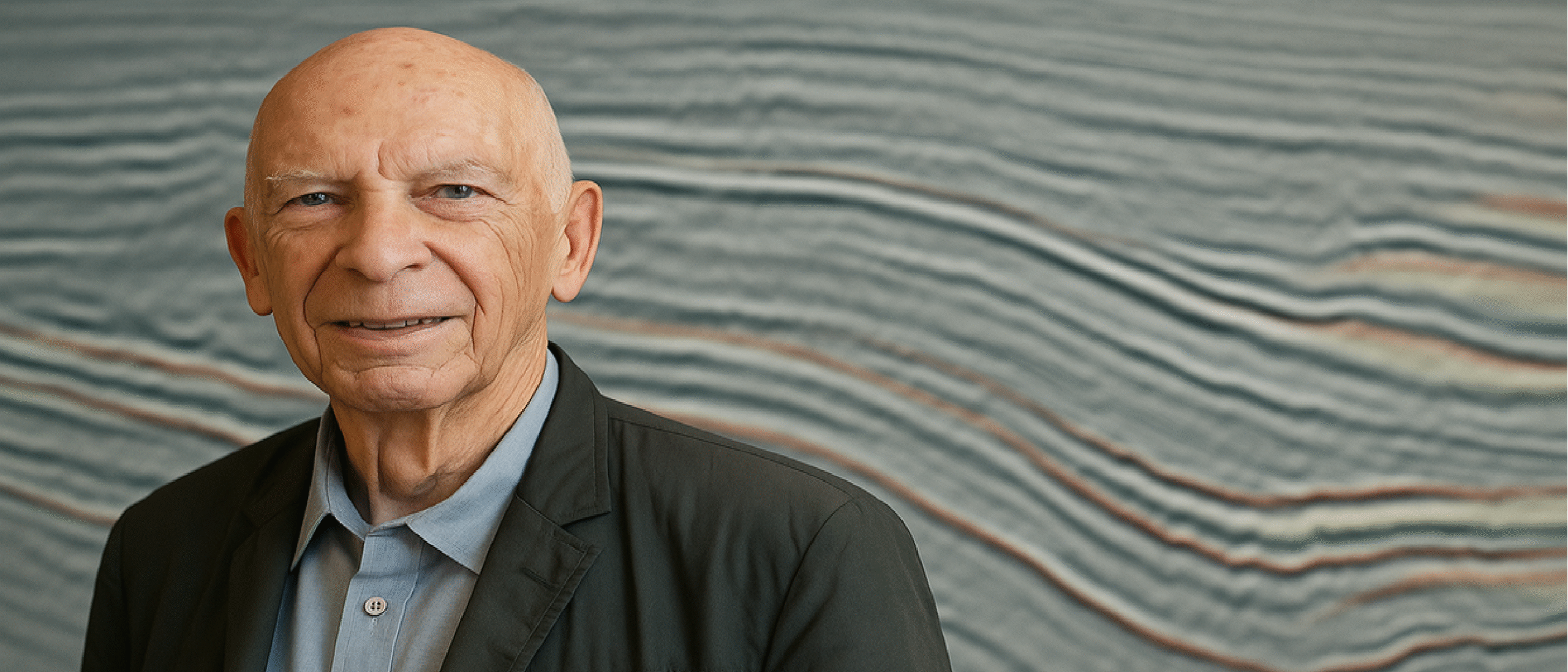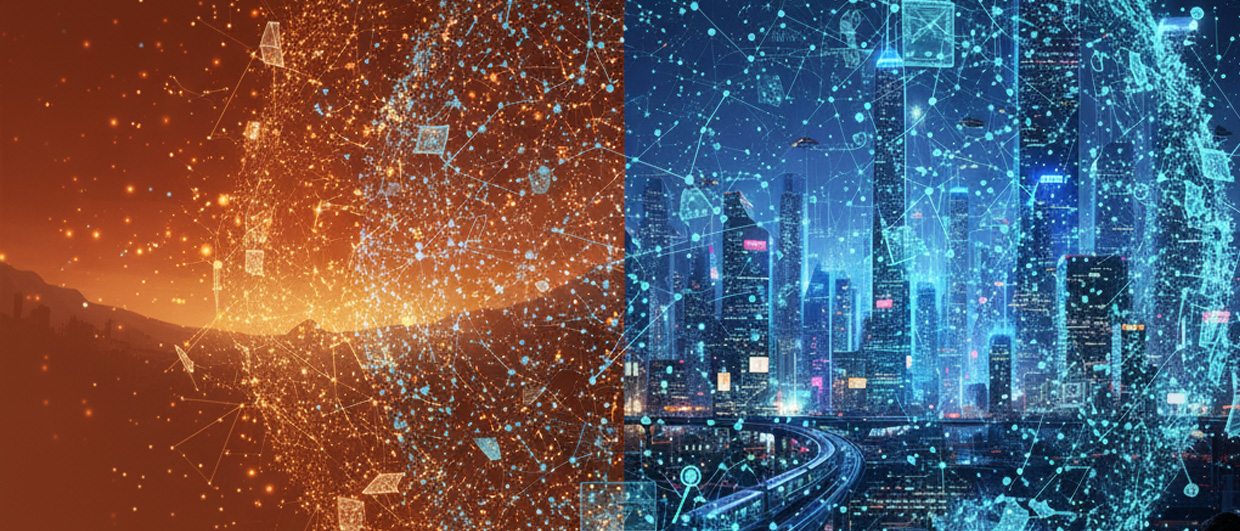We’re all feeling a tension as geoscientists: Caught between an old way of working and a rapidly changing future dominated by Artificial Intelligence. As the dust starts to settle, another idea emerges: Perhaps geologists, more than many other professions, are uniquely suited for this moment, not because we code or because we operate new software tools, but because of how we think.
Field geologists move through complex, noisy environments, integrating information across multiple scales – from the grain size in a thin section, to the stacking patterns of outcrops, to the regional tectonic story visible on seismic. Every observation is provisional, every interpretation is open to revision.
In the field, we sketch, annotate, hypothesize, and cross-check. We think probabilistically, not deterministically. We recognize analogues but know where they fall short. This way of thinking – constantly synthesizing incomplete data, questioning early conclusions, refining models on the fly – is fundamentally different from how most machine learning models operate today.
While today’s AI is powerful in recalling patterns and filling gaps from training data, it still struggles when asked to reason dynamically under uncertainty, to balance competing hypotheses, or to know when an observation “doesn’t fit.”
In that sense, geologists were “doing AI tasks” – inference from sparse data, model-building under ambiguity – long before AI was a household term.
Ground truth in the age of synthetic reality
One lesson from field geology stands out: There is no substitute for ground truth.
We train our eyes and hands to spot subtle changes – a gritty texture, a faint color shift, a cementation style – that can change an entire depositional model. We know that laboratory measurements, log signatures, and even seismic amplitudes must be tied back to something physically real.
In the emerging world of AI-generated outputs – synthetic logs, pseudo-realistic seismic sections, automatically generated interpretations – the temptation will be strong to accept digital results at face value. But synthetic realism isn’t real realism. Without a human in the loop, evaluating the outputs against physical understanding and experience, we risk building castles on sand.
Working with AI tools will increasingly resemble doing fieldwork: Checking assumptions, testing interpretations, looking for inconsistencies, and maintaining a healthy skepticism about surface appearances.
The road ahead
We are still in that ‘weird time’ – the transition period where AI is neither fully mature nor easy to ignore. But for geologists, this isn’t the first major shift we’ve weathered. From the days of hand-drawn maps to photogrammetry, from the first seismic sections to 3D visualization, we’ve adapted – because our core skills aren’t tied to any one tool.
The best future workflows won’t be about humans versus machines. They will be about human reasoning amplified by machine suggestion, and geoscientists, if we lean into our strengths, are remarkably well prepared to lead in this hybrid space.
In the end, AI may draw the outlines faster. But it still takes a geologist to see the story the Earth is trying to tell.





